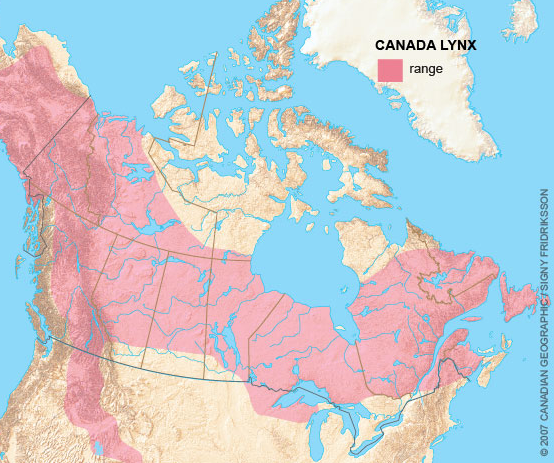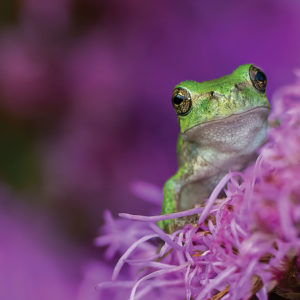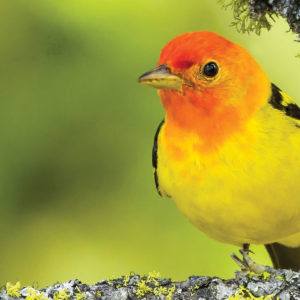Calendar Image: The Lynx
The Lynx is a medium-sized wildcat, easily recognized by its short tail, long legs, large paws, and its tufted ears. There are four species of lynx found around the world. The Eurasian lynx (Lynx lynx) tend to be larger than the North American species, the Canada lynx (Lynx canadensis). There is also the familiar Bobcat (Lynx rufus) that is the most abundant wildcat in the United States. The final lynx species, the Iberian lynx (Lynx pardinus) is also the world’s most endangered cat, with a population of about 400 individuals. Lynx species tend to weigh approximately the same, ranging from 5 kg to 14 kg, and measuring around 90 cm in length.
The habitat range of lynxes varies between species. For example, the North American bobcat is widespread in the United States, and can be found in southern Canada as well as Mexico. Whereas the Canada lynx can be found in most boreal forests across Canada, and in western Montana, Idaho, Washington and Utah.
The Canada lynx tends to prefer forested habitats, such as old growth boreal forests, where they can make their dens underneath fallen trees, tree stumps, or thick bushes. However, the lynx will populate other habitats providing there is an adequate number of prey, and minimal forest coverage.
Lynxes tend to be very territorial and solitary animals, only being around other lynxes during the winter breeding season. Mating usually occurs between February and March of each year, with the young being born in April and May. The kittens are born under brush piles, uprooted trees, or in hollow logs to provide shelter from the cold, and are reared solely by the female. Female lynxes can start breeding as they approach one year of age, but this depends on the availability of snowshoe hares and on their own physical conditions.

Figure 1. Habitat range of the Canada lynx (Canadian Geographic).In the winter, more than 75% of the lynx’s diet consists of the snowshoe hare. When snowshoe hare abundance is large, a lynx may kill one hare every one or two days. In the summer, the lynx’s diet appears to be more varied consisting of hares, grouse, voles, mice, squirrels, and foxes. Like most members of the cat family, the lynx hunts silently and will hunt at night, watching and listening to their prey.
The lynx has a few predators, including cougars, wolves, and coyotes. However, the biggest threat to lynxes are humans. In Canada, fur trapping is one of the biggest causes of death for lynxes, apart from the population decline of their main prey, the snowshoe hare. Lynxes are fairly easy to catch, and when prices rise for their fur, most lynxes can be removed from a given area. Even today, the lynx is trapped in all provinces and territories except Prince Edward Island, Nova Scotia, and New Brunswick. Luckily, there are regulations put in place to restrict the number of lynxes that can be killed during the given year. Biologists have also suggested closing trapping seasons if the lynx population drops into a low cycle. It is important to keep studying the effects of fur trapping and monitoring the populations to ensure the Canada lynx does not become a threatened or endangered species!



